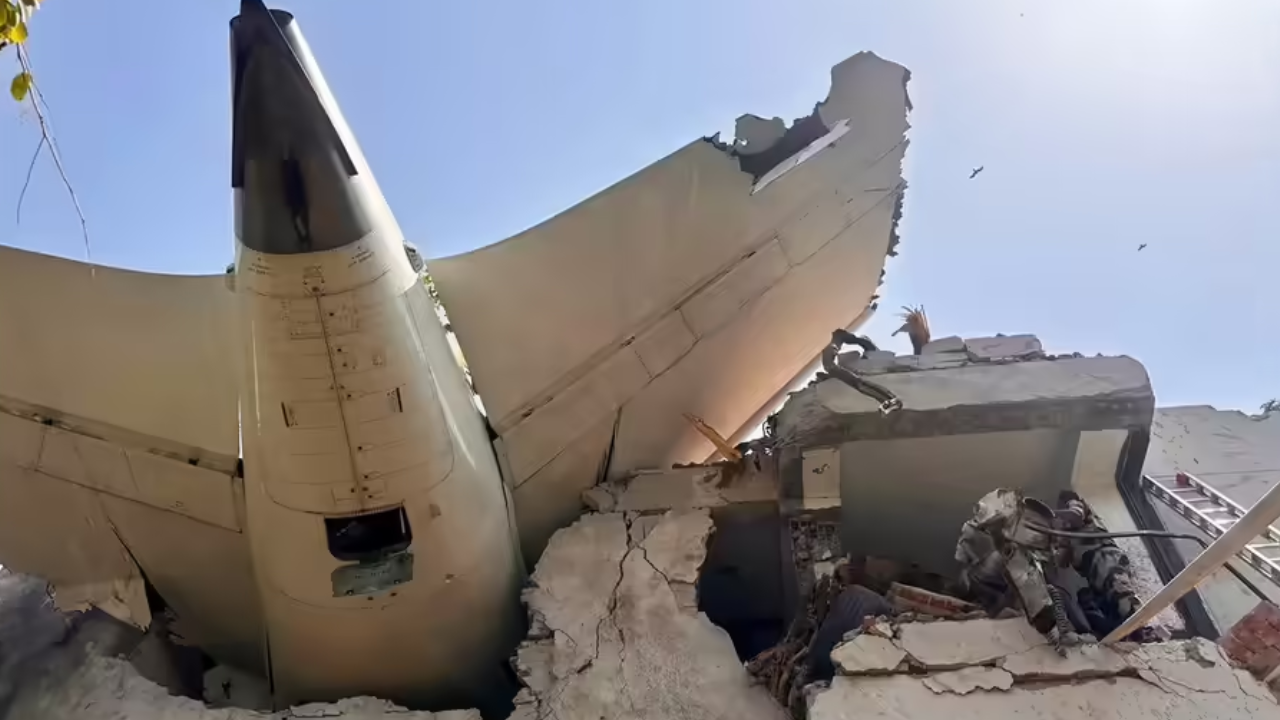 |
|
The article critically examines the aftermath of the AI 171 crash investigation, focusing on the civil aviation minister's response to media narratives and the conduct of the Aircraft Accident Investigation Bureau (AAIB). The minister, Rammohan Naidu, expressed concerns about speculative reporting, particularly from foreign news outlets, regarding the incident. However, the article argues that the AAIB's own report inadvertently fueled this speculation due to its selective presentation of facts, veiled suggestions, and emphasis on pilot actions. The author contends that the AAIB's report should have adhered to a purely factual account, refraining from judgments on the cause of the crash or making recommendations. Instead, the report allegedly deviated from this objective, presenting information in a manner that invited interpretation and potentially biased conclusions. This deviation, according to the article, contributed to the very narratives that the minister criticized. Furthermore, the AAIB is faulted for its lack of transparency in handling the investigation. The article alleges that the bureau failed to prevent media leaks, even leaks containing pilot remarks that were not included in the official report. This lack of control over information dissemination created an environment ripe for rumors and speculation. The author also points out that the AAIB did not conduct any press briefings to address concerns, clarify information, and reassure stakeholders and the public. This absence of proactive communication further eroded public trust and allowed potentially inaccurate or misleading narratives to proliferate. In essence, the article argues that the problem lies not primarily with the media's reporting but with the AAIB's report itself and its handling of the investigation process. By deviating from a strictly factual account and failing to manage information effectively, the AAIB inadvertently contributed to the speculative reporting it sought to avoid. The author emphasizes the importance of objectivity, transparency, and proactive communication in accident investigations to ensure public trust and prevent the spread of misinformation.
The core issue highlighted is the perceived lack of neutrality and transparency in the AAIB's investigation process. A key aspect of any accident investigation is the objective gathering and presentation of facts, without prejudice or preconceived notions about the cause. The article suggests that the AAIB's report fell short of this standard by selectively presenting facts and making veiled suggestions that pointed towards pilot error. This approach is problematic because it can lead to premature conclusions and potentially unfair blame assignment before all the evidence has been thoroughly examined and analyzed. The report's alleged deviation from a purely factual account also raises concerns about the integrity of the investigation process. If the AAIB's report is perceived as biased or incomplete, it can undermine public confidence in the outcome and raise questions about the fairness of any subsequent actions taken based on the report's findings. Furthermore, the article criticizes the AAIB's lack of transparency in handling the investigation. The failure to prevent media leaks, including leaks of pilot remarks not included in the official report, suggests a lack of control over information dissemination and a potential disregard for the privacy and confidentiality of those involved in the investigation. The absence of press briefings is also seen as a missed opportunity to proactively address concerns, clarify information, and reassure stakeholders and the public. In situations involving public safety and potential loss of life, it is crucial for investigating agencies to maintain open and transparent communication with the public to build trust and prevent the spread of misinformation.
The implications of the article's claims extend beyond the specific case of the AI 171 crash investigation. The article raises broader questions about the role and responsibility of accident investigation agencies in ensuring objectivity, transparency, and accountability. If accident investigation reports are perceived as biased or incomplete, it can undermine public confidence in the safety of transportation systems and erode trust in the regulatory agencies responsible for oversight. The article also underscores the importance of effective communication in managing public perceptions and preventing the spread of misinformation. In today's media landscape, where information can spread rapidly through social media and other online platforms, it is crucial for investigating agencies to be proactive in communicating with the public to address concerns, clarify information, and dispel rumors. The AAIB's alleged failure to prevent media leaks and conduct press briefings highlights the need for robust communication protocols and a commitment to transparency in accident investigation processes. The article serves as a reminder that accident investigations are not simply technical exercises but also involve important social and political dimensions. The way in which investigations are conducted and the way in which information is communicated can have a significant impact on public trust, stakeholder confidence, and the overall perception of safety in transportation systems. Therefore, it is essential for accident investigation agencies to adhere to the highest standards of objectivity, transparency, and accountability to ensure that investigations are conducted fairly and that the findings are credible and trustworthy. Ultimately, the goal of accident investigations is not simply to determine the cause of an accident but also to learn from mistakes and prevent future accidents from occurring. This goal can only be achieved if investigations are conducted in a manner that is open, transparent, and accountable to the public.
